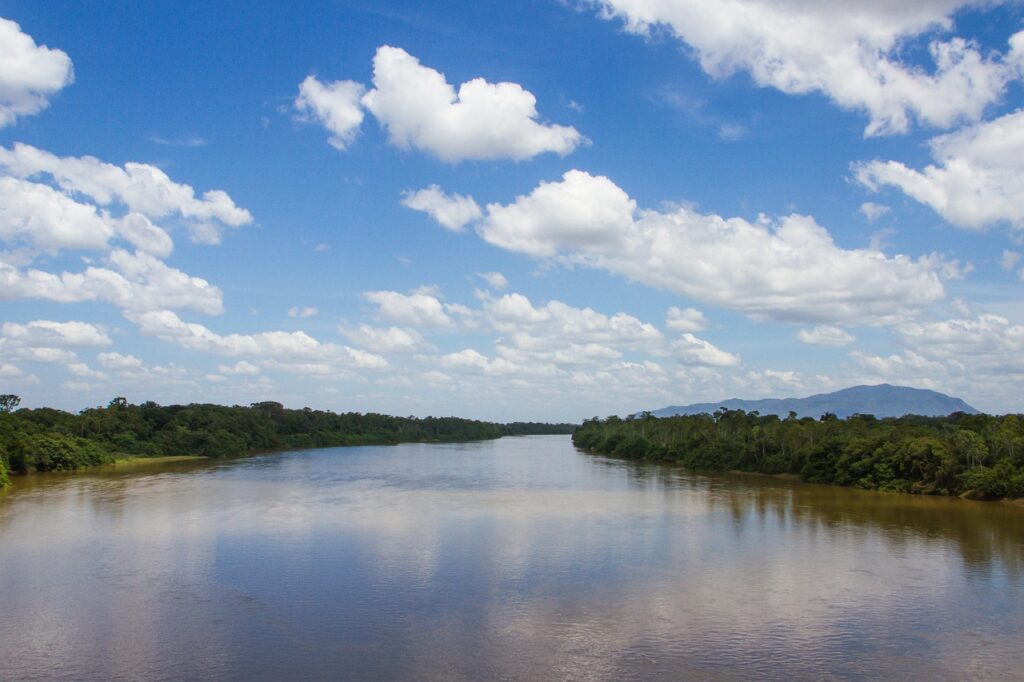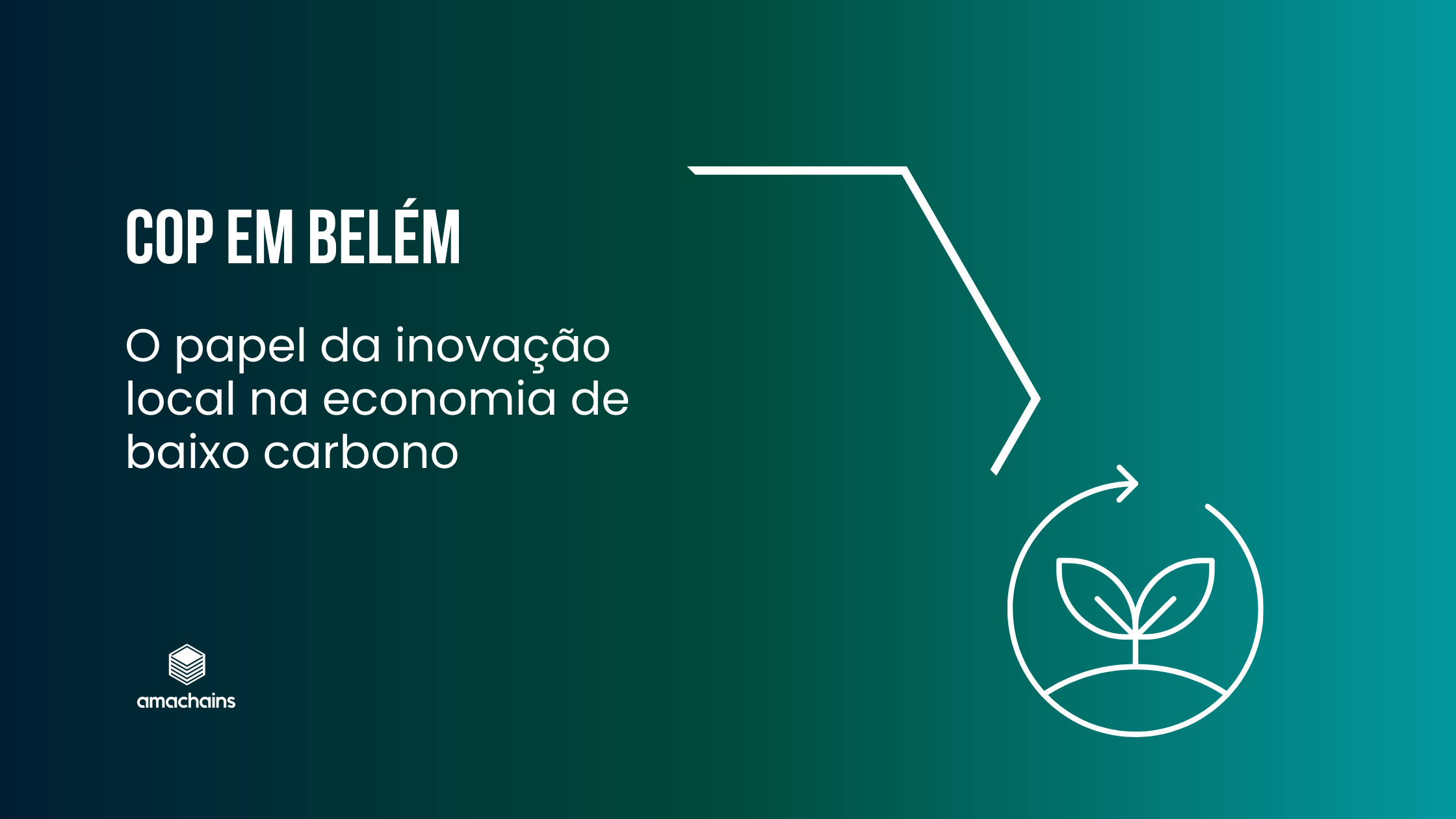If you follow the debate on climate change, you probably understand the importance of environmental preservation for the future of the planet. Forest areas have a rich biodiversity, play a crucial role in climate balance, influence rainfall systems and help capture carbon released into the atmosphere.
The potential for capturing greenhouse gases has placed the preservation of native forests at the center of debates on the carbon market. After all, this is the main source of generating credits for commercialization.
The forest and carbon capture
Forests act as a front for capturing carbon from the atmosphere and this works through two fundamental mechanisms:
- In photosynthesis, trees absorb carbon dioxide (CO2) from the atmosphere through their leaves and, with the help of sunlight, convert this CO2 into oxygen, releasing it back into the air. This is an essential mechanism that not only produces oxygen, but also removes carbon from the atmospheric cycle.
- In addition to absorbing carbon during photosynthesis, trees also store carbon in their biomass. This carbon remains “captured” while the tree grows and develops. Mature, well-preserved forests therefore become true carbon reservoirs, contributing to the reduction of the amount of CO2 in the atmosphere.
And it is this carbon sequestration that contributes to the attempt to limit global warming to 1.5°C.
In addition to their central role in combating climate change, forests represent immense environmental potential for the country and the planet.
The Importance of Forest Preservation
In addition to their role in carbon capture, preserved forests are also crucial habitats for a wide range of species. The biodiversity present in these areas contributes to the resilience of ecosystems, making them better able to cope with climate change.
Forests play a vital role in regulating the climate, the water cycle and preventing soil erosion. By preserving these ecosystems, we ensure the continuity of these services that are essential for life on Earth.
Urgent challenges
Deforestation and fires pose a significant threat to forests. Combating these activities and promoting sustainable agricultural practices are fundamental steps to ensuring forest preservation.
In this sense, active community involvement and effective policies are key to forest preservation. Incentives for sustainable practices, strict regulations against illegal deforestation, and reforestation programs are essential components for the success of these strategies.
As we tackle climate change, recognizing the critical role of forests in carbon sequestration is essential. Forest preservation is not just a strategy, but an urgent necessity. Investing in the conservation of these ecosystems not only contributes to global climate stability, but also ensures a more sustainable future for generations to come. By protecting our forests, we are investing in the health of our planet and the very survival of life on Earth.
The carbon market as a preservation tool
In this context, the carbon market introduces new perspectives for forest preservation in Brazil. With its extensive area of preserved forest, the country is emerging as a powerhouse in the green economy. Thus, Brazilian biodiversity has much to benefit from mechanisms to encourage sustainable environmental preservation practices.
Here at Amachains we contribute to this construction through the development of technology for the challenges of the carbon market. Follow our work and join us for a fairer and more sustainable world.








